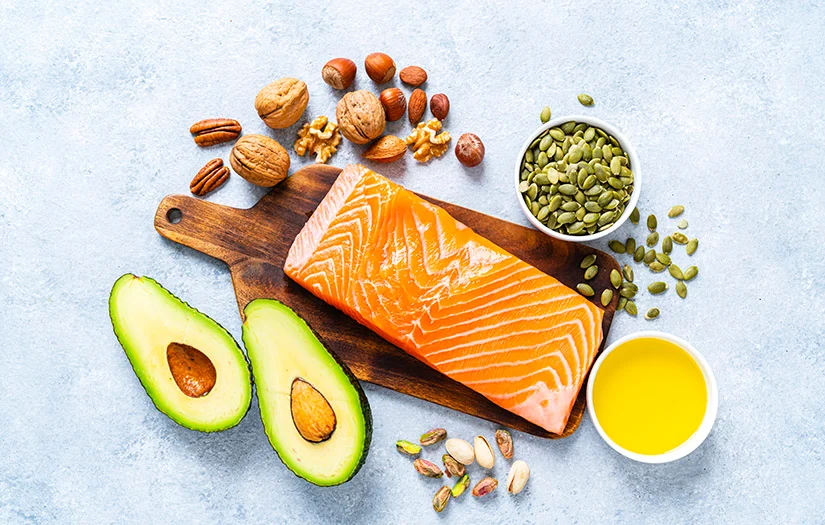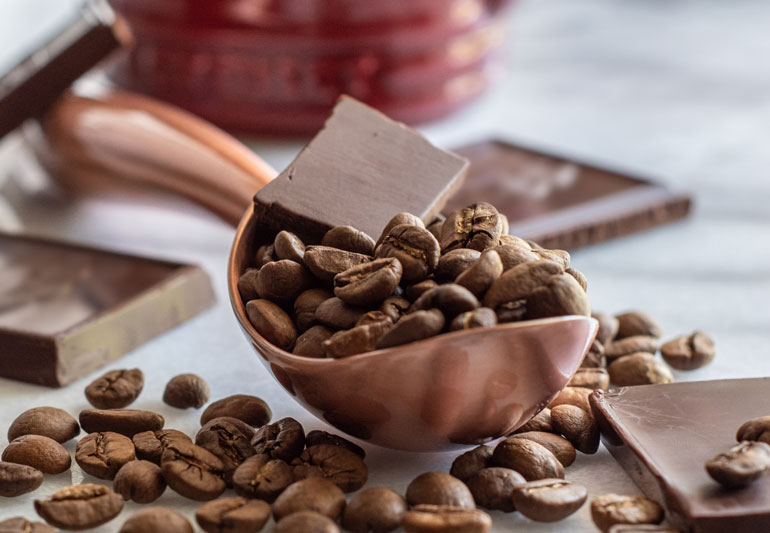Intermittent Fasting

A Balanced approach
Intermittent fasting has become a popular trend for weight management and overall health. It can also be known as time restricted eating. I often work with my clients to find out if intermittent fasting would work for them in achieving their health goals.
In this blog post, I’ll explore how intermittent fasting can be incorporated into your fitness regimen, highlighting the potential benefits and considerations for optimizing your workouts
Understanding Intermittent Fasting
Intermittent fasting is an eating pattern that cycles between periods of fasting and eating. It doesn’t focus on specific foods but rather the timing of meals. Common methods include the 16/8 method (fasting for 16 hours and eating within an 8-hour window) or the 5:2 approach (eating normally for five days and significantly reducing calorie intake for two non-consecutive days). Personally, I like to fast for anywhere between 12-16 hours and as a woman, vary those fasts depending on where I am in my cycle. It is always very individual, and it is important to find out what works for you.
Fasting means ‘not eating’ but generally water, herbal teas and black coffee are fine to have during the fast.
Benefits of Intermittent Fasting for Exercise:
- Fat Utilization: During fasting periods, the body’s glycogen (carbohydrate) stores become depleted, leading to increased fat utilization as a fuel source during exercise. This can be beneficial for those aiming to burn body fat and improve body composition.
- Insulin Sensitivity: Intermittent fasting has been shown to improve insulin sensitivity, which may enhance the body’s ability to utilize carbohydrates effectively during exercise. This can be particularly advantageous for endurance athletes who rely heavily on carbohydrate metabolism.
- Hormonal Balance: Intermittent fasting can positively impact hormones related to metabolism and muscle growth, such as growth hormone (GH) and testosterone. These hormonal changes may contribute to improved body composition and exercise performance.
Considerations for Exercising during Intermittent Fasting:
- Choose the Right Timing: If you plan to exercise while fasting, it’s crucial to find a balance between workout timing and your fasting window. Performing low-to-moderate intensity exercises, like walking or yoga, during a fasting period is generally well-tolerated. However, for more intense workouts, it may be more suitable to exercise during your eating window to ensure sufficient energy availability.
- Stay Hydrated: Hydration is vital during fasting periods and workouts alike. Be sure to drink plenty of water before, during, and after exercise to maintain optimal performance and prevent dehydration.
- Listen to Your Body: Every individual is unique, so it’s important to pay attention to how your body responds to intermittent fasting and exercise. If you experience low energy levels, dizziness, or other discomfort, consider adjusting your fasting schedule or fuelling strategies to ensure adequate energy for workouts.
- Post-Workout Nutrition: After exercising during a fasting period, prioritize proper refuelling during your eating window. Consume a well-balanced meal with sufficient protein, carbohydrates, and healthy fats to support muscle recovery and replenish energy stores.
Breaking your fast with the right foods is as important as fasting!
Breaking your fast with protein-rich foods is an excellent way to support muscle recovery, promote satiety, and maintain stable blood sugar levels. Here are some tips on how to break your fast with protein:
- Opt for Whole Foods: Choose whole, minimally processed protein sources instead of relying solely on protein shakes or supplements. Whole foods provide a broader spectrum of nutrients and can be more satisfying. Good options include lean meats (chicken, turkey, beef), fish, eggs, dairy products (Greek yogurt, cottage cheese), legumes, tofu, tempeh, and quinoa.
- Meat based protein Sources: Poultry and fish with some red meat can help support a balanced diet.
- Include Plant-Based Proteins: If you follow a vegetarian or vegan diet, include plant-based protein sources such as legumes (beans, lentils), soy products (tofu, tempeh), quinoa, nuts, and seeds. Combining different plant-based proteins throughout the day can ensure you receive a variety of essential amino acids.
- Spread Protein Intake Throughout the Day: Aim to distribute your protein intake evenly across your meals rather than consuming it all in one sitting. This allows for optimal utilization of amino acids throughout the day and supports muscle protein synthesis.
- Combine Protein with Fibre and Healthy Fats: Enhance the nutritional value and satiety of your meals by combining protein-rich foods with fibre and healthy fats. This combination can help slow down digestion, stabilize blood sugar levels, and keep you feeling satisfied for longer. For example, pair chicken breast with steamed vegetables and avocado or have Greek yogurt with berries and a sprinkle of nuts.
- Consider Portion Sizes: Be mindful of portion sizes to ensure you’re getting an adequate amount of protein without overeating. A general guideline is to aim for 20-30 grams of protein per meal, depending on your individual needs and activity level.
Integrating intermittent fasting into your exercise routine can be an effective strategy for weight management, improving insulin sensitivity, and optimizing hormonal balance. However, it’s essential to find an approach that suits your individual needs and goals. Experiment with different fasting and workout timing options, stay hydrated, and be mindful of how your body responds.
If you want to find out more about working one to one with me or joining a group programme, please go to my website
Melanie x






Responses